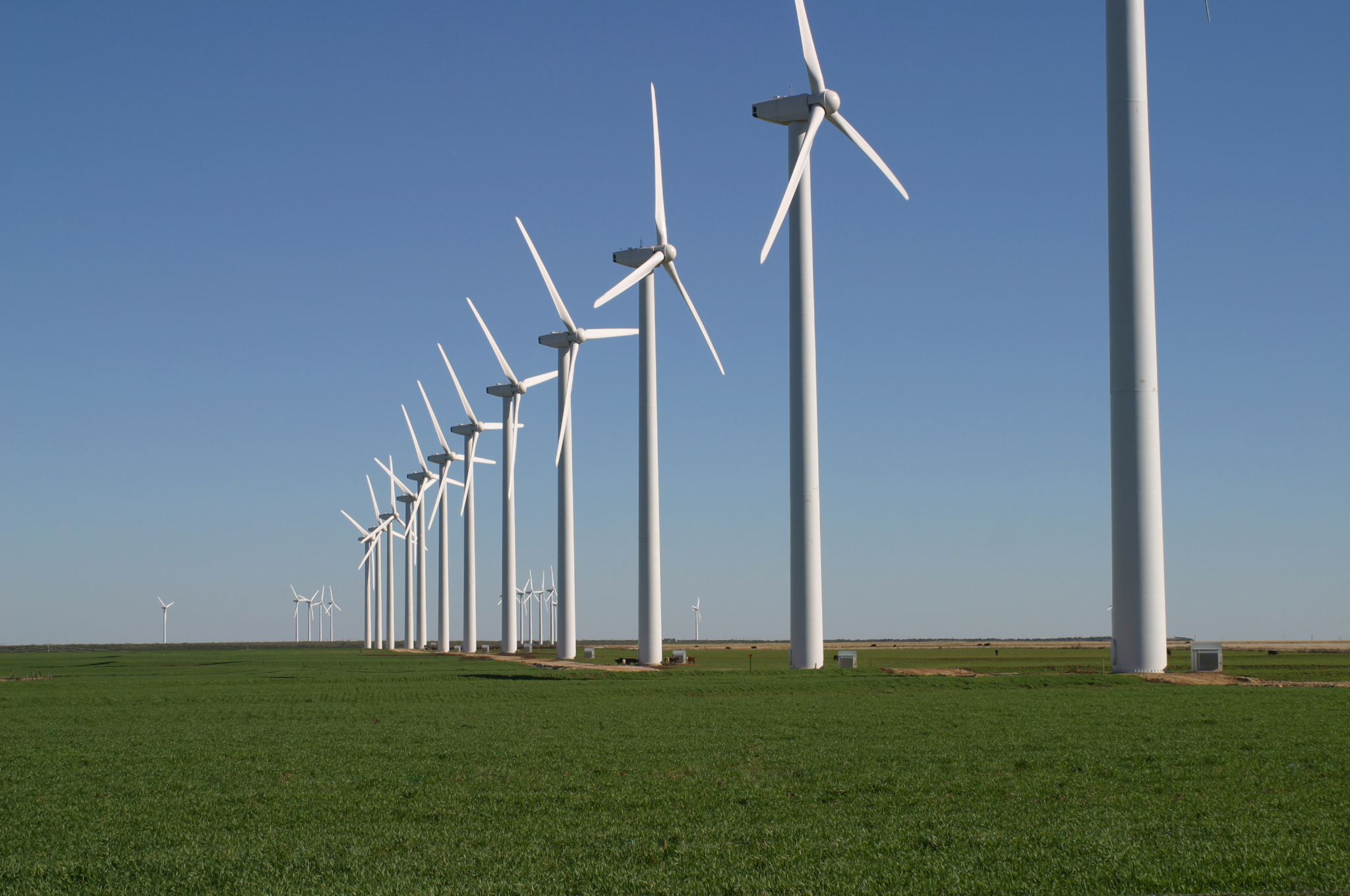 |
| https://www.flickr.com/photos/timmeko/6106058409 |
Have you ever heard of the carbon cycle, but you didn't know what it was? Do you still? The Carbon Cycle is the Cycle of Processes in which carbon compounds are interconverted (which means when twos things are converted) in the environment that we live in. The cycle is when carbon dioxide enters the process of photosynthesis and returned into the atmosphere. But it does not go straight to the atmosphere. The animals eat it and when they die it is released. But that is not the only way, when we burn fossil fuels or create emission it is also released into the atmosphere to restart it's journey/cycle.
S&EP
SP6
I explained the carbon cycle through my work when I did a worksheet on the carbon cycle. I explained it by finding out where all the components of the cycle went and research if I was right. I explained it further when I helped a tablemate do theirs and we worked out the answers together so that they made sense and were correct.


